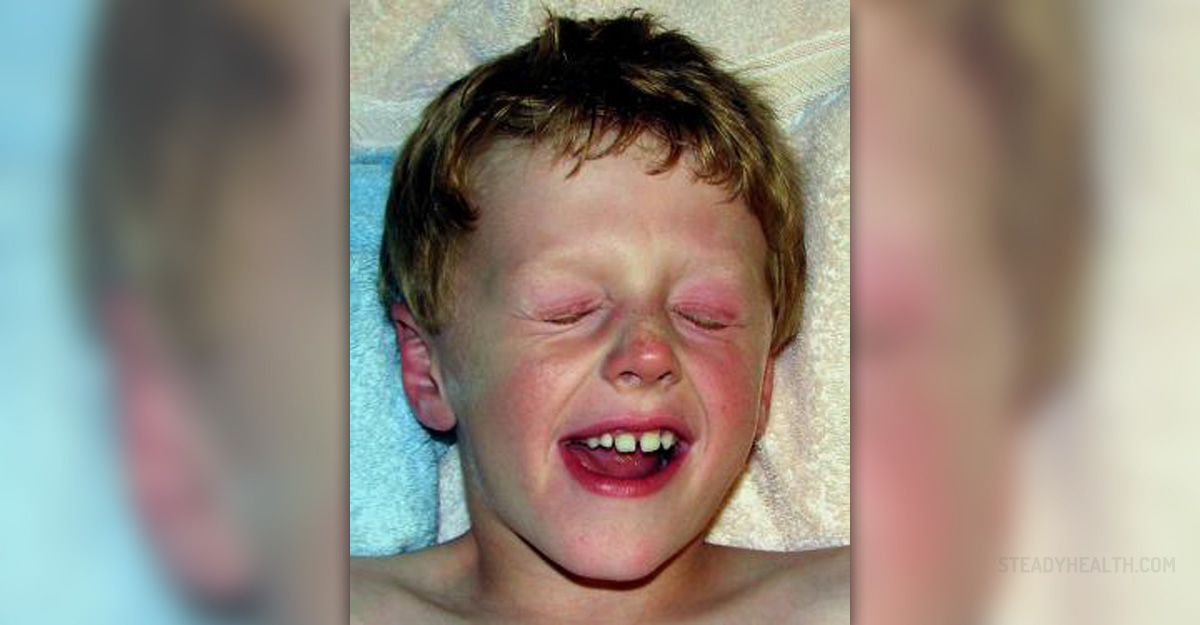
People who have mold allergy get an allergic reaction when they breathe in mold spores. This allergy can sometimes be difficult to diagnose, because there are so many types of mold. However, allergy tests are still highly recommended as one of the best ways to determine what exactly is causing the reaction.
Symptoms of mold allergy
Most commonly, mold allergy causes the same symptoms that are observed in other upper respiratory allergies. Those symptoms usually include sneezing, runny nose, nasal congestion, itchy and watery eyes, itchy throat and coughing.
Some people have mold allergies all year round, and others only when they are exposed to high concentrations of mold. Allergies tend to be more severe in damp environment and during damp weather.
Mold allergies may take form of an asthma attack, with symptoms like wheezing, coughing, shortness of breath and chest tightness or pressure.
Treatment for mold allergy
The best way to combat this allergy is to reduce its cause. This, above all, means cleaning the house thoroughly and removing the entire mold. It also helps to avoid laces that are known for high concentration of mold.
Certain foods are believed to trigger or aggravate the allergic reaction to mold. Such foods should be avoided, and they include sugar, foods containing yeast, like bread, bagels and similar, cheese, foods high in provitamin A, like carrots and pumpkins, and dairy products.
Foods that are recommended, according to the Moldy Foods Guide of Cornell University, are probiotics, pickled cabbage, cooked vegetables and meat and apple cider vinegar.
As for the medications, doctors usually prescribe nasal corticosteroids, antihistamines, decongestants, Cromolyn and Montelucast. Immunotherapy and nasal lavage can bring significant relief for mold allergies too.
Some people have testified that their mold asthma symptoms got better after following a liver detox diet. This, however, should be done only after consulting a physician. The symptoms of this allergy can be aggravated in case of certain nutrient deficiencies, so it is recommended to revise the diet and to control if certain vitamins or nutrients are deficient.
As for the lifestyle changes, aside from eliminating mold from the house it also helps to sleep with the windows closed, to wear a dust mask, especially while in an environment with high concentration of mold, and to avoid going out in rainy, damp weather, immediately after rainstorms, or when the mold count is high.
All the bathrooms in the house should be properly ventilated and furnace filters should be changed frequently. It helps to use room humidifiers and vaporizers, but if they have disposable filters, they should be changed regularly too.


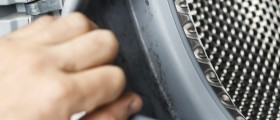
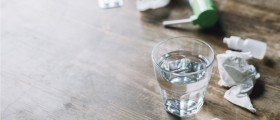
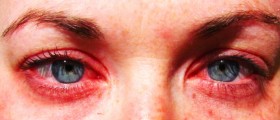
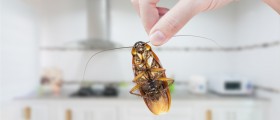

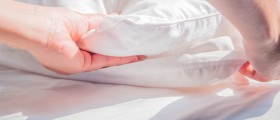



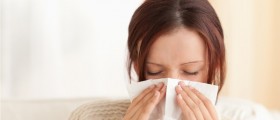
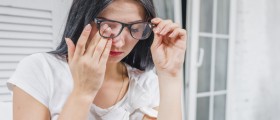
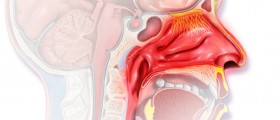

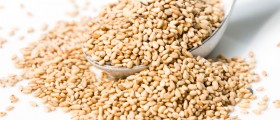
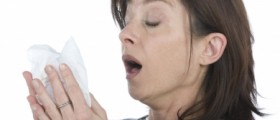
Your thoughts on this
Loading...